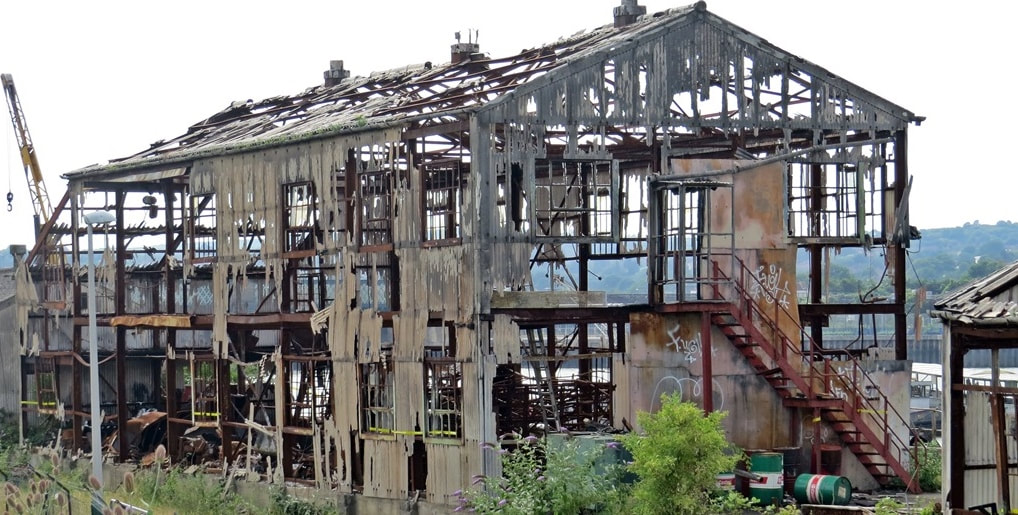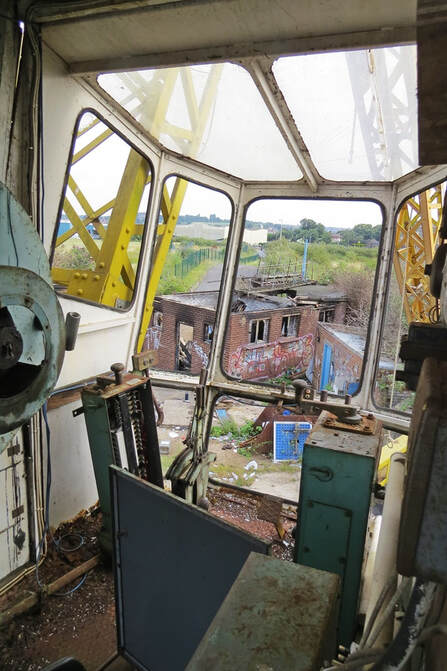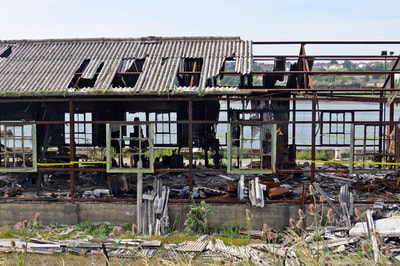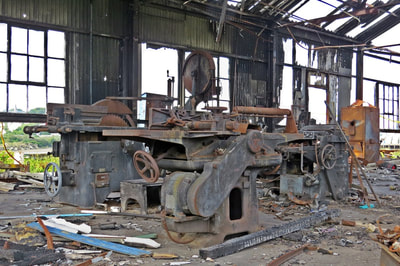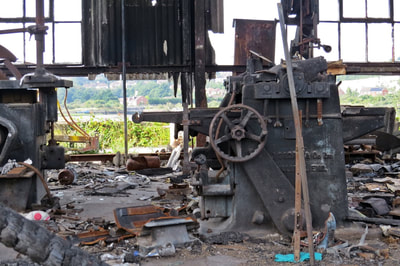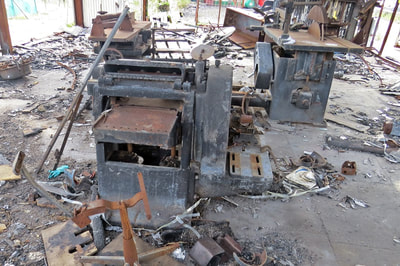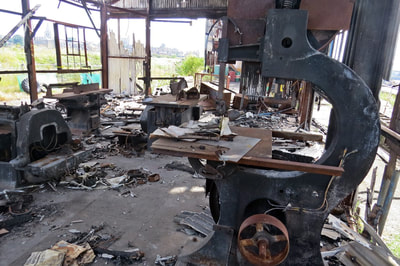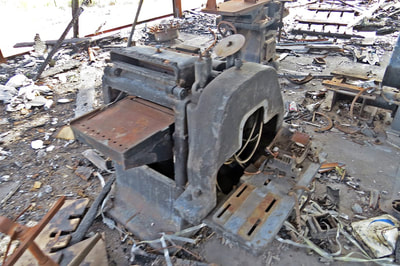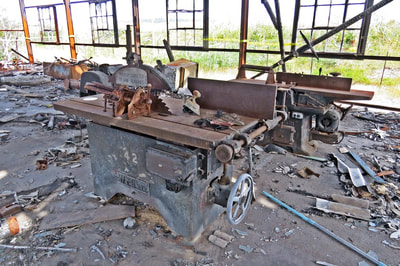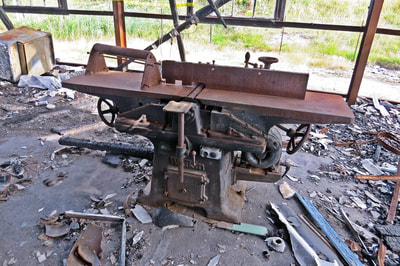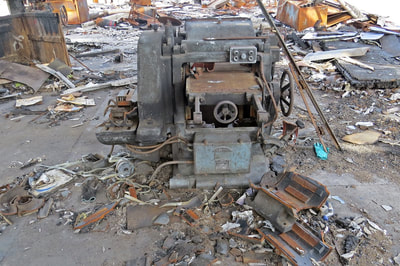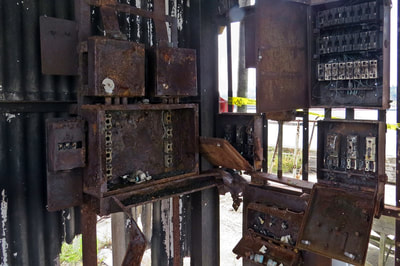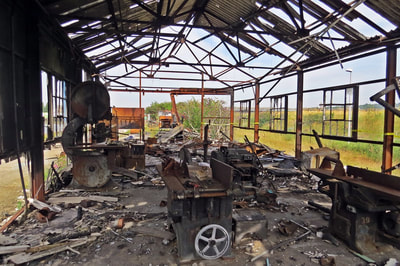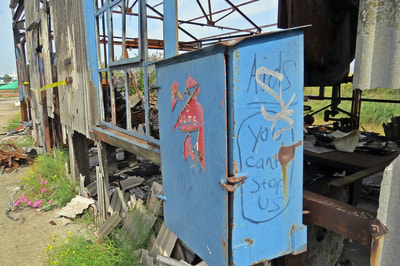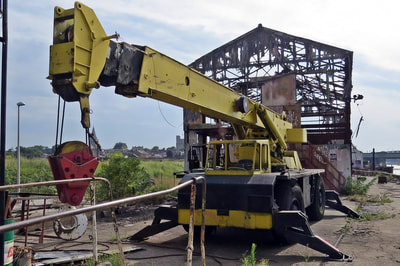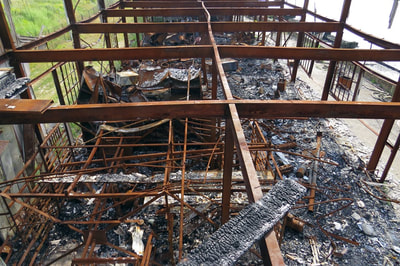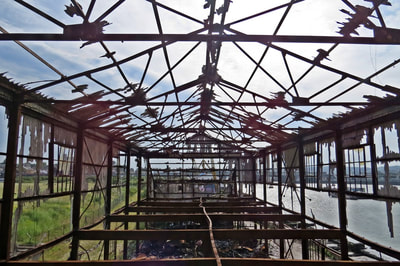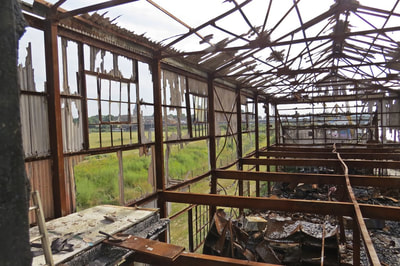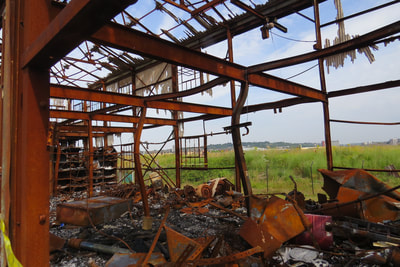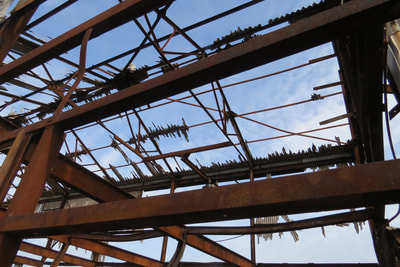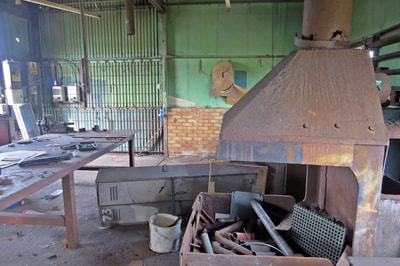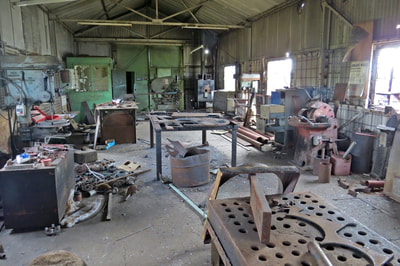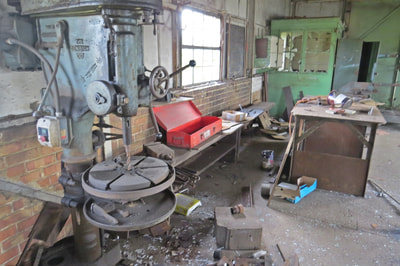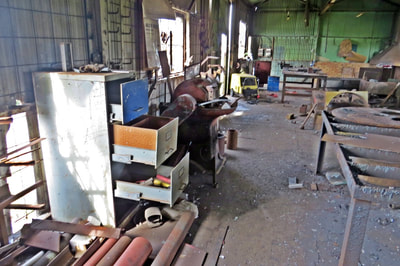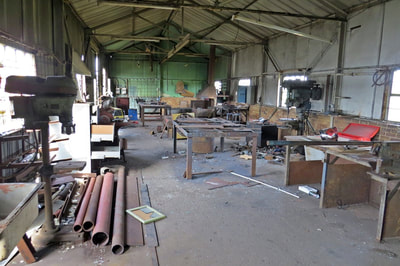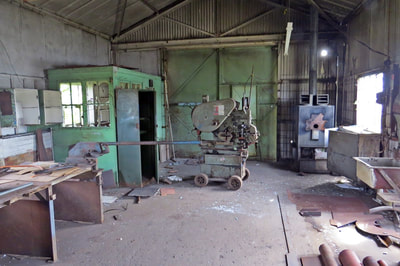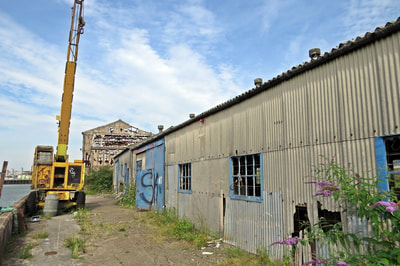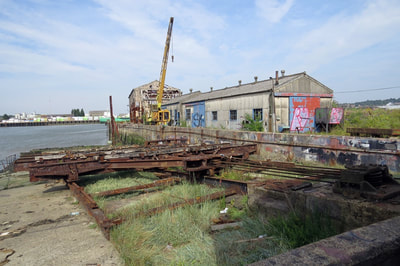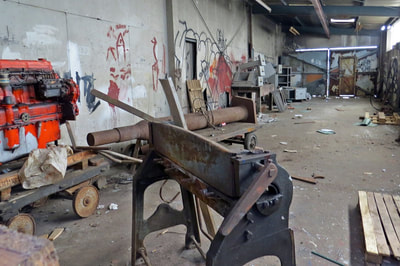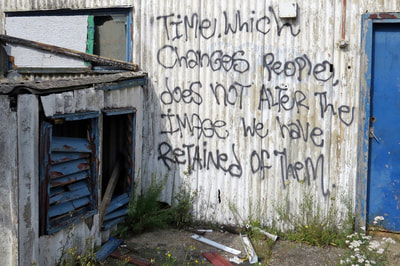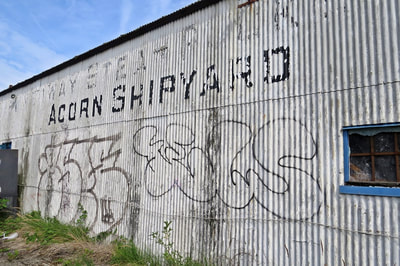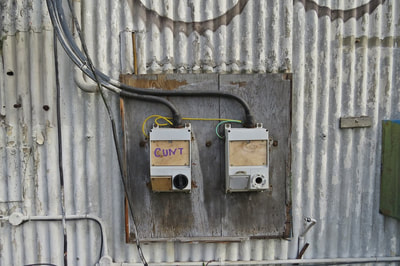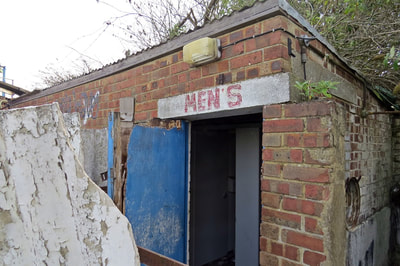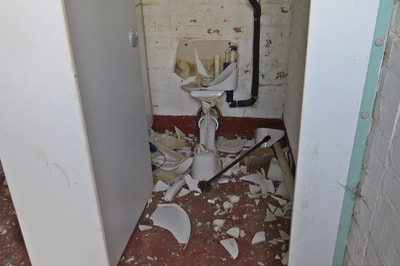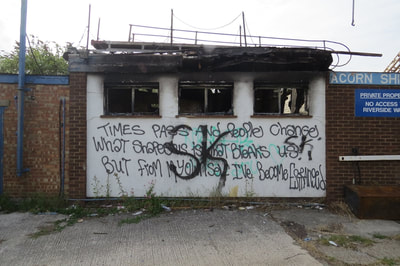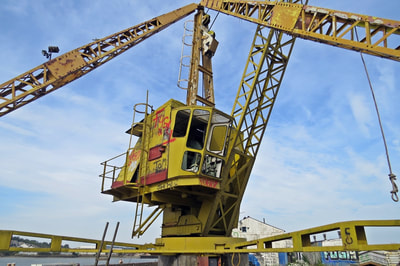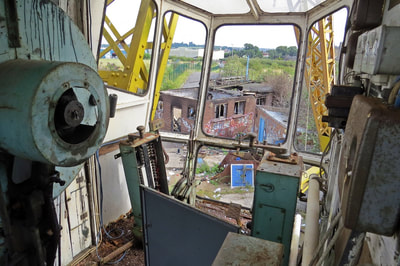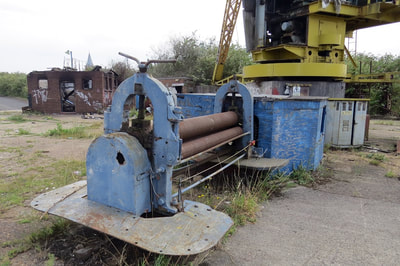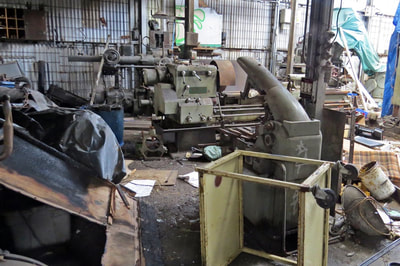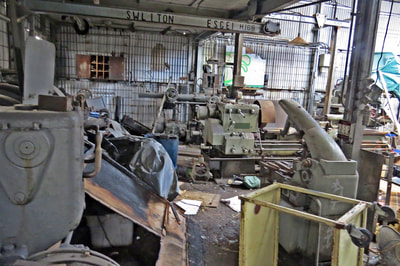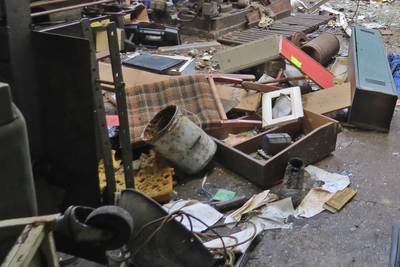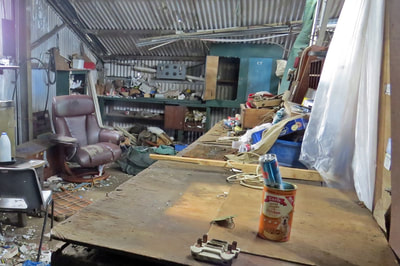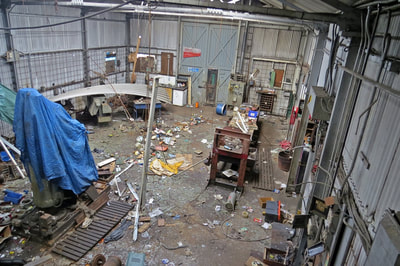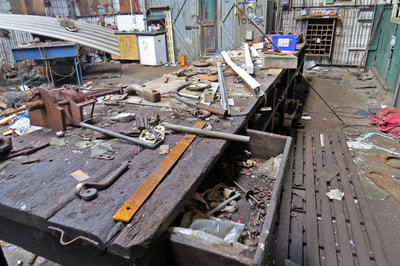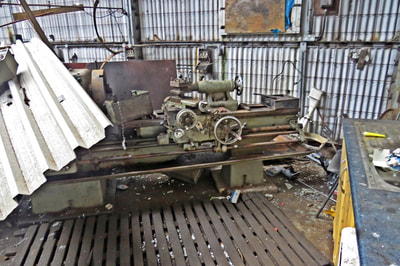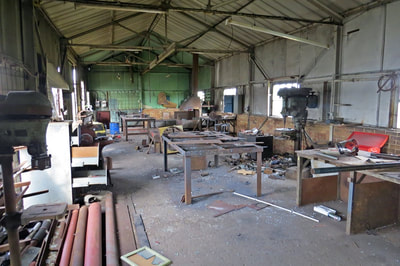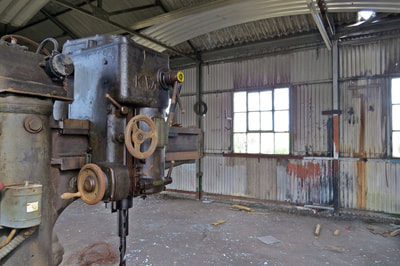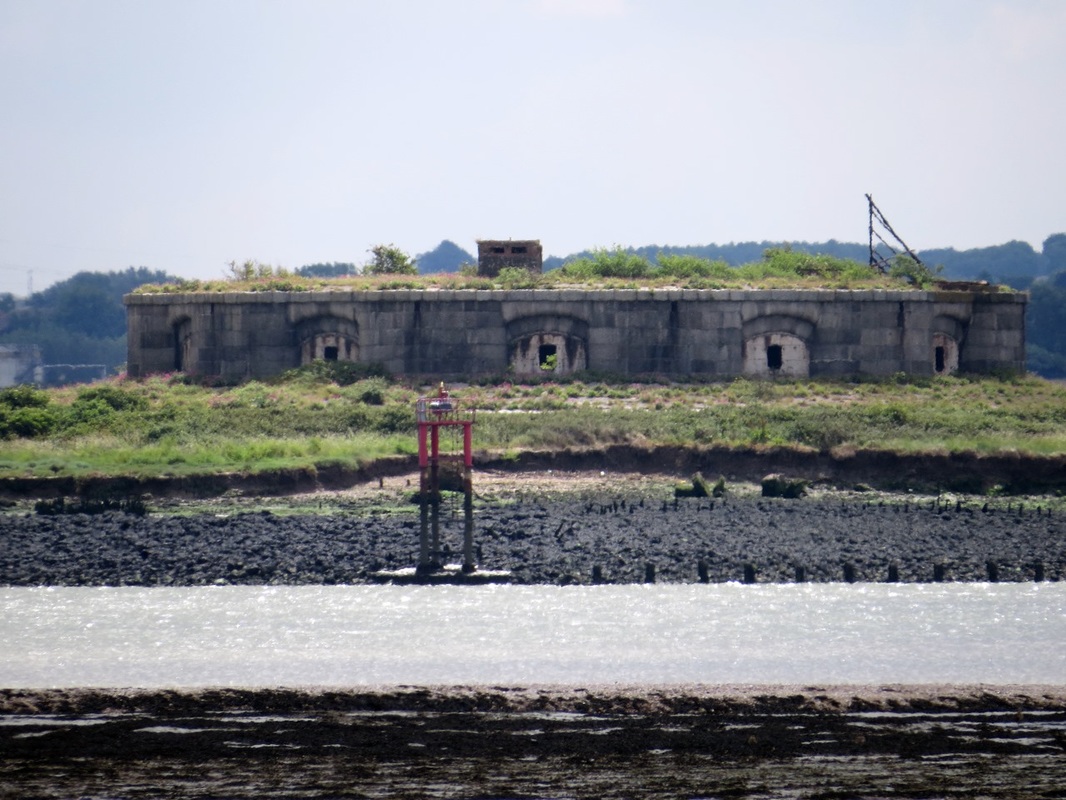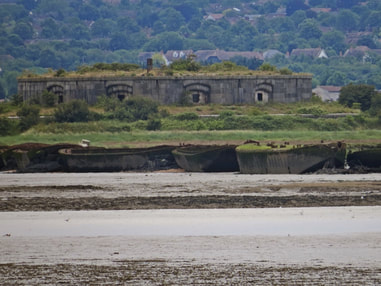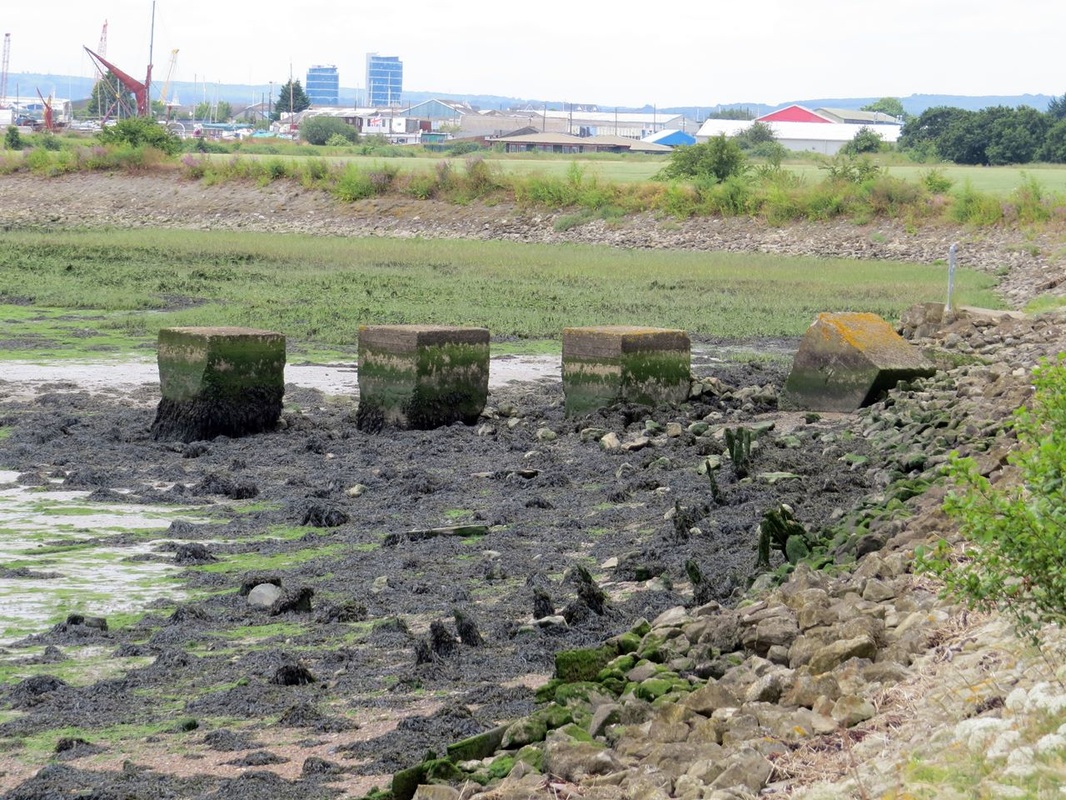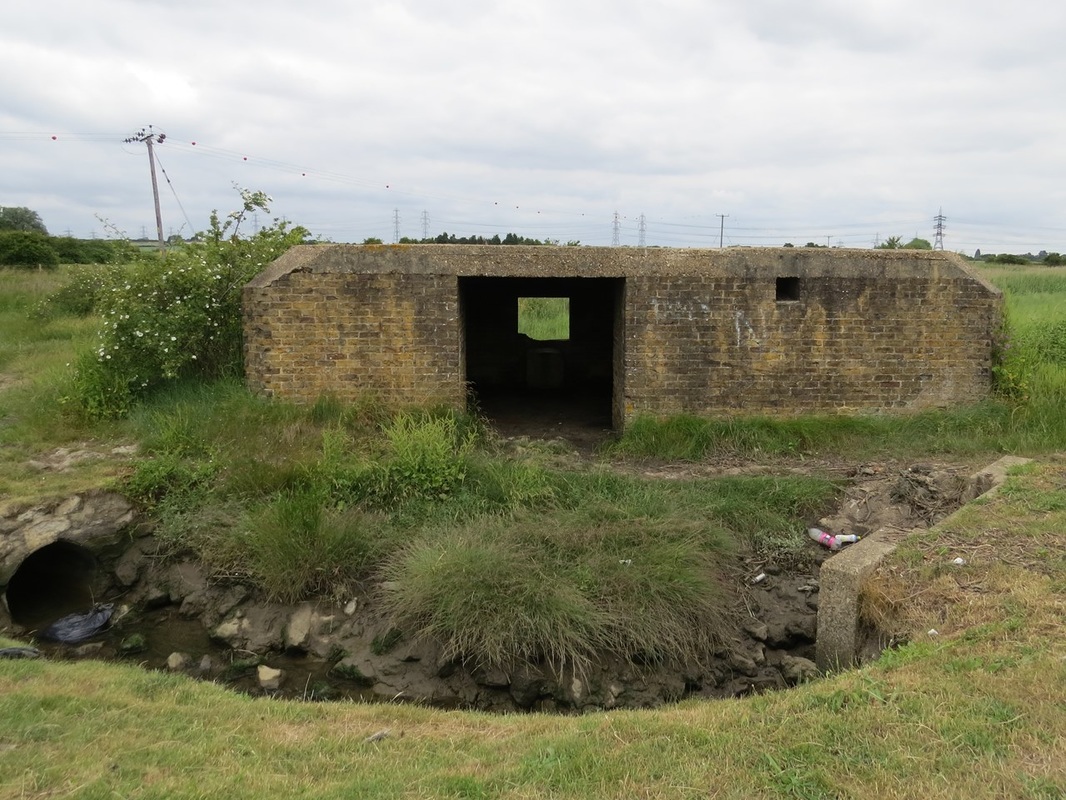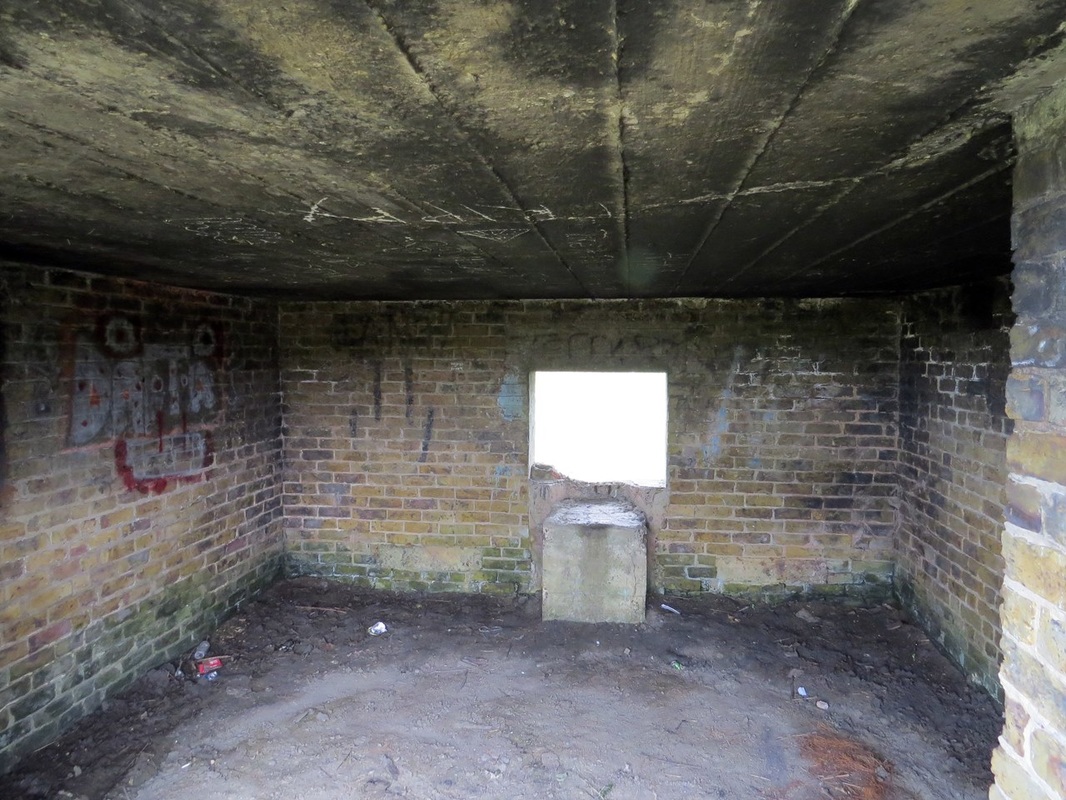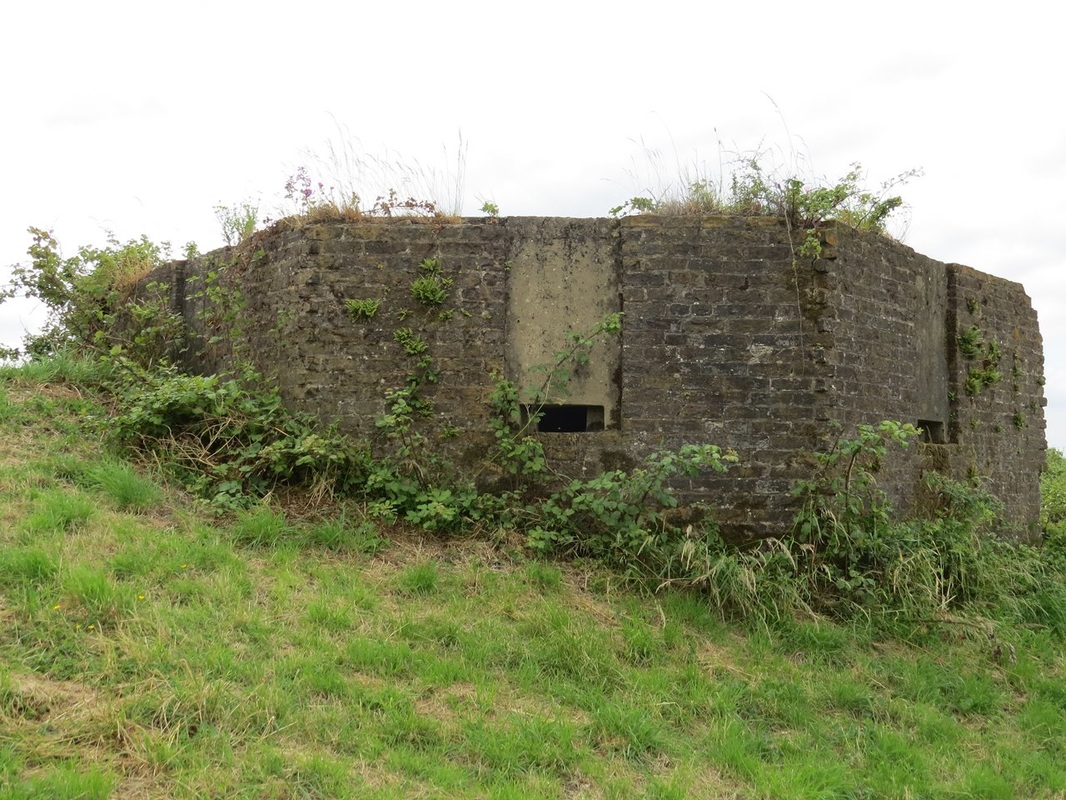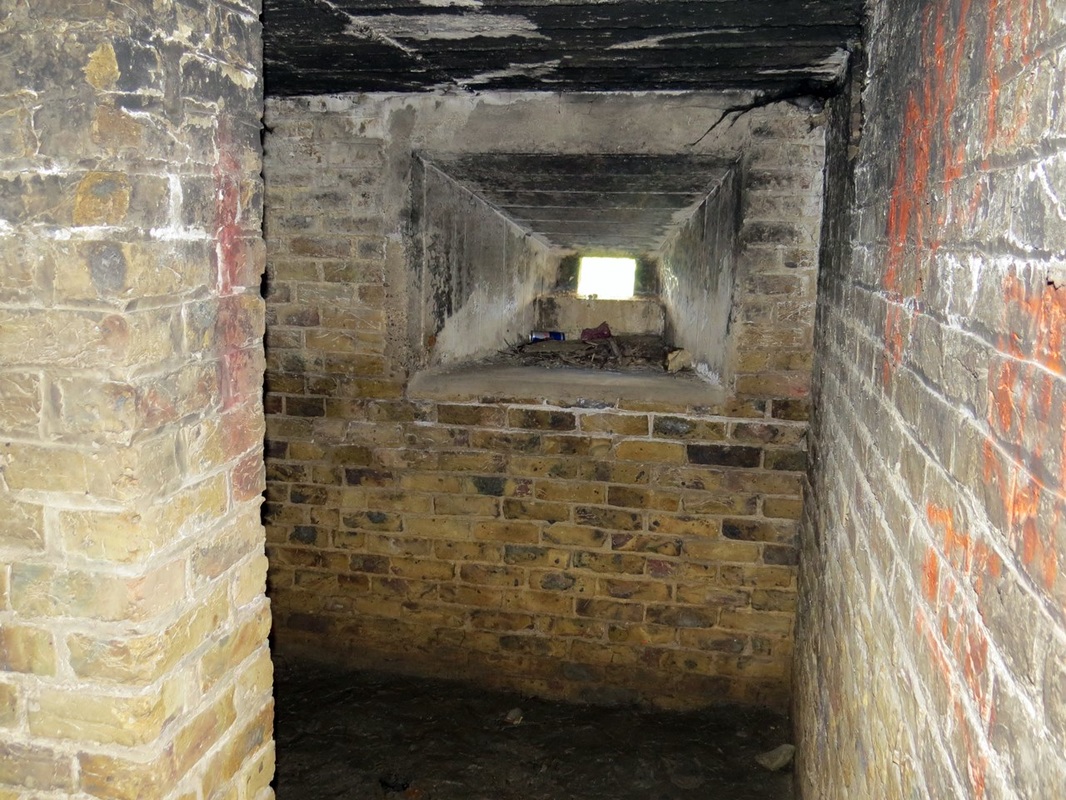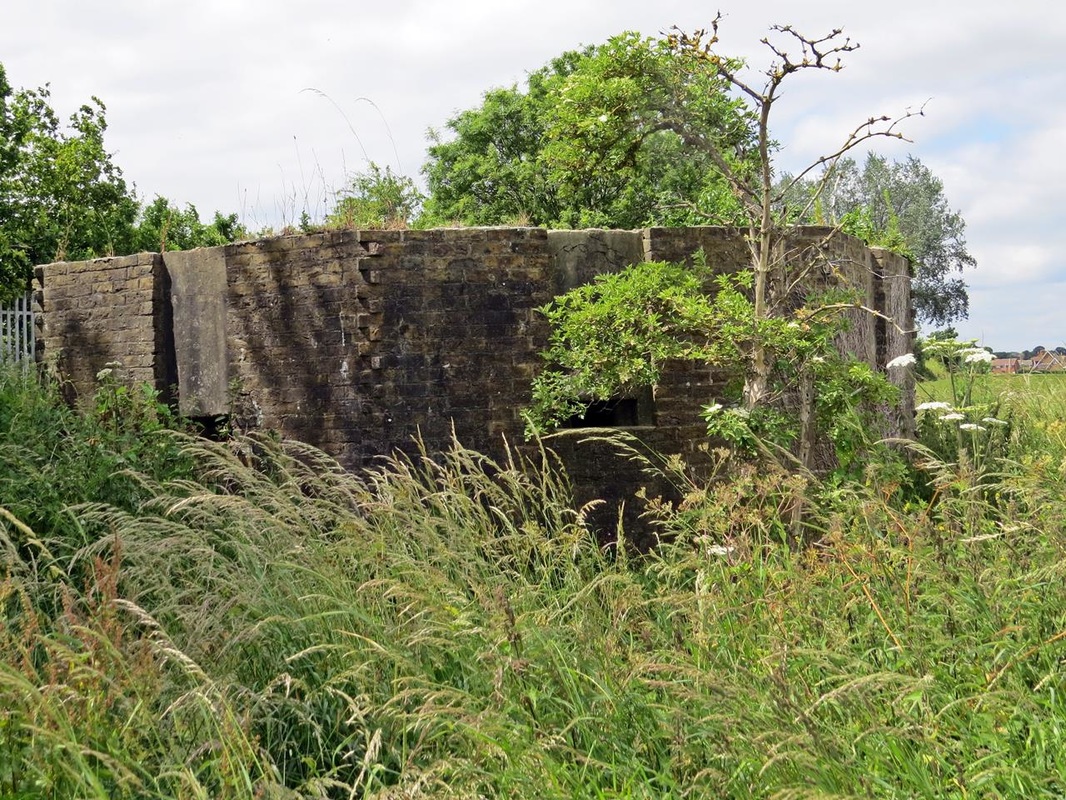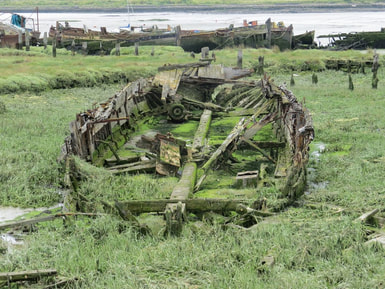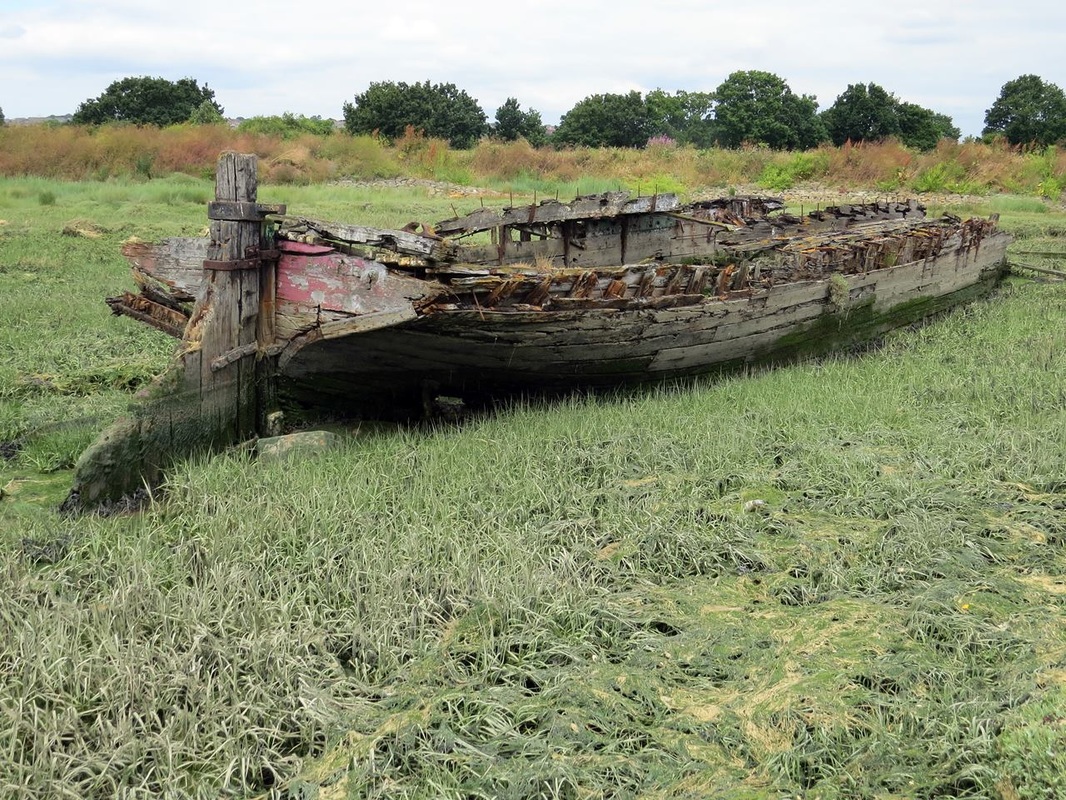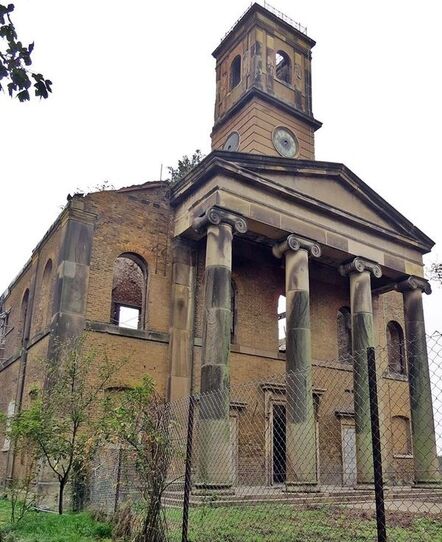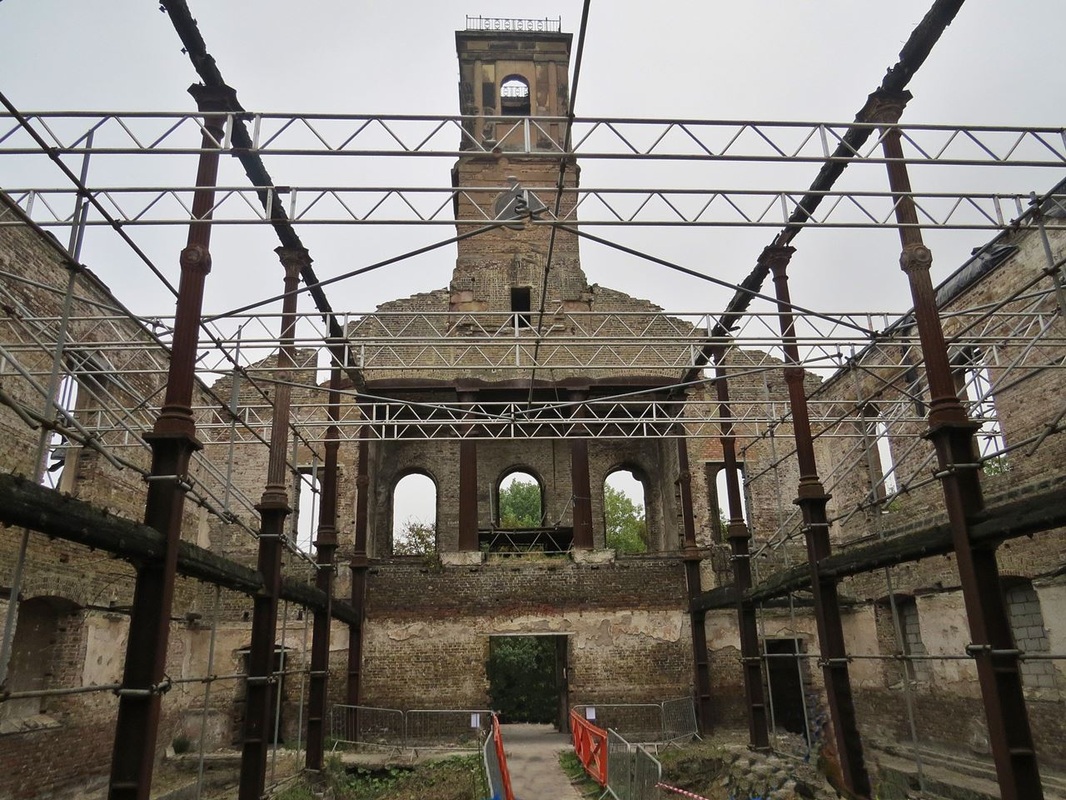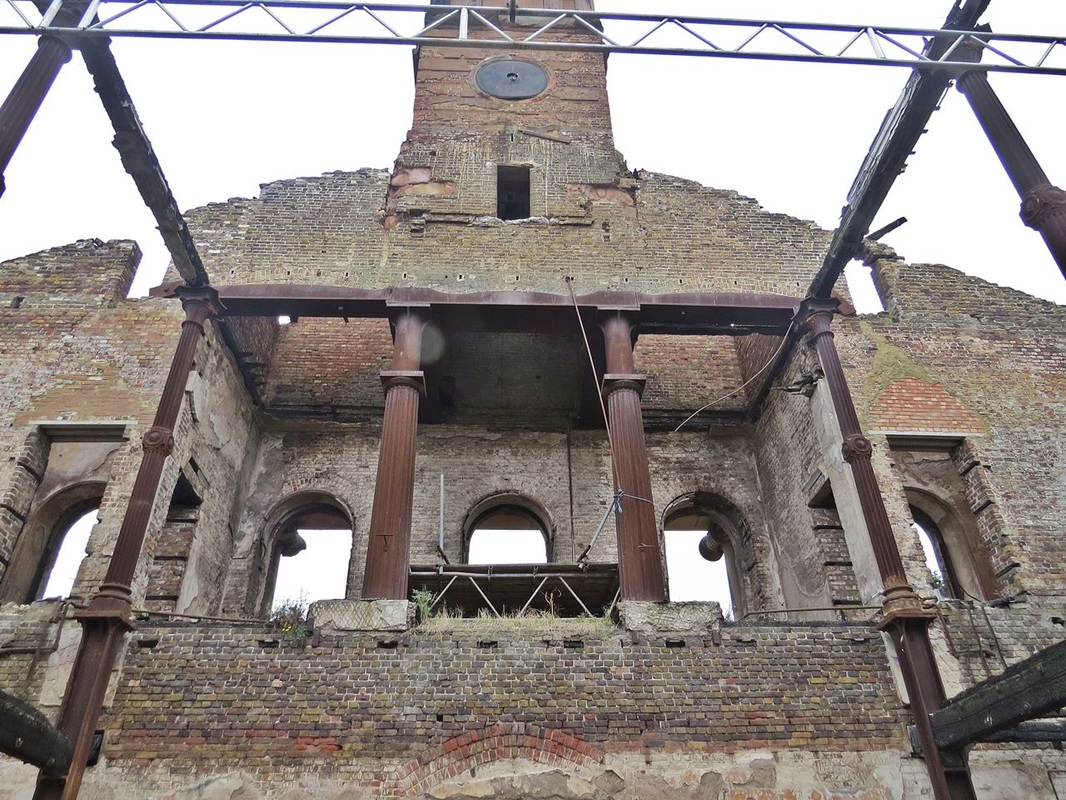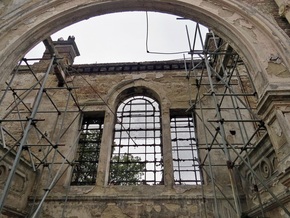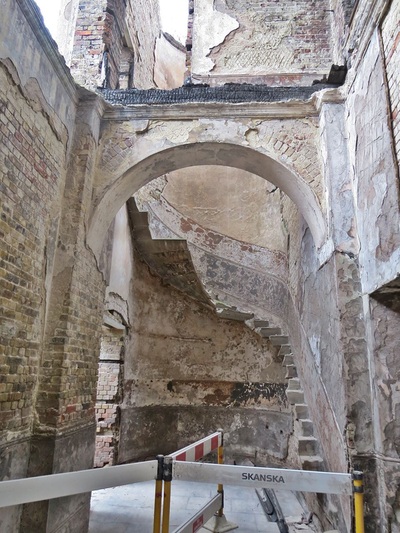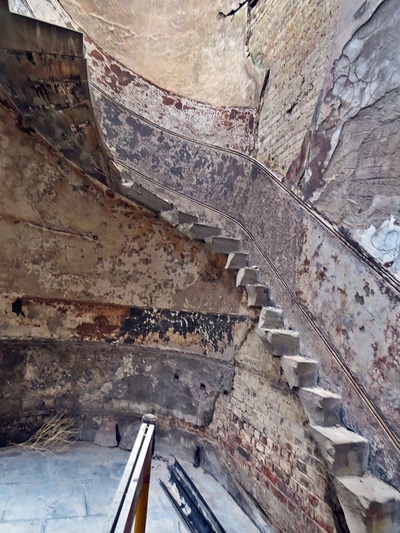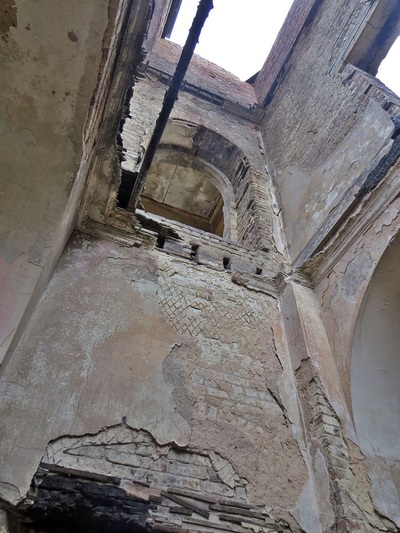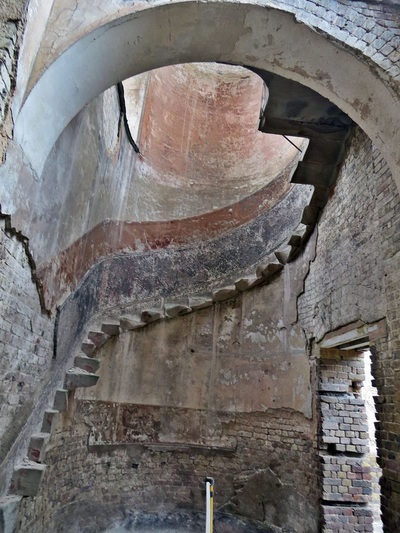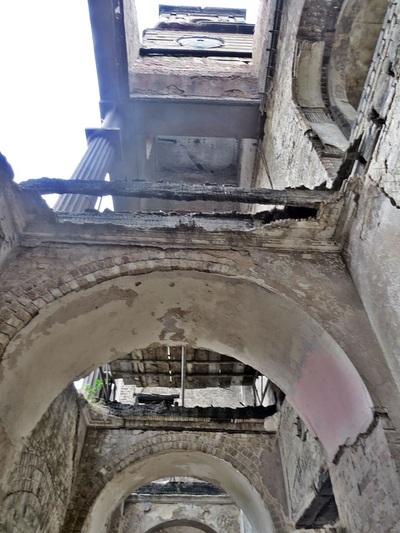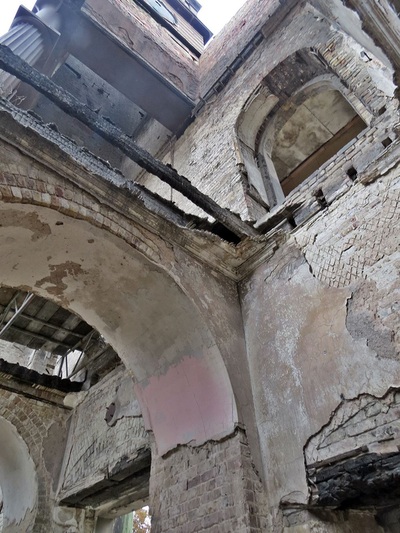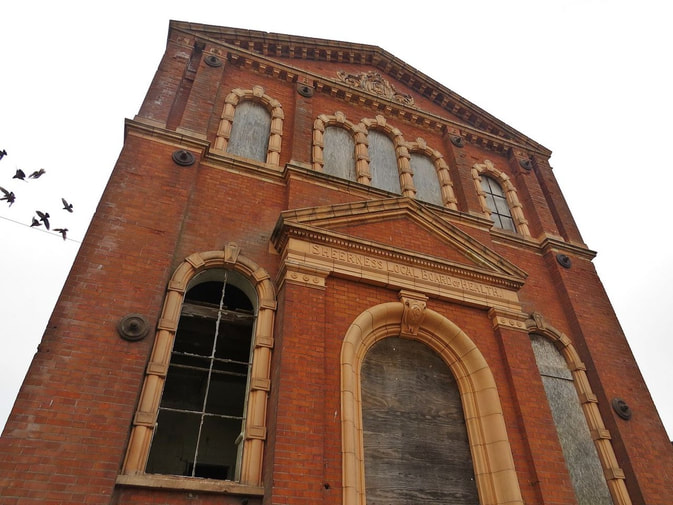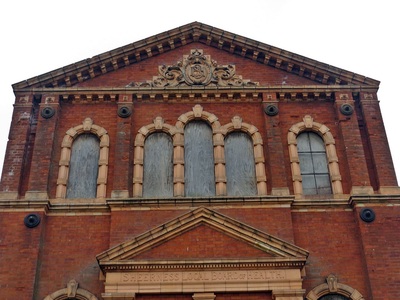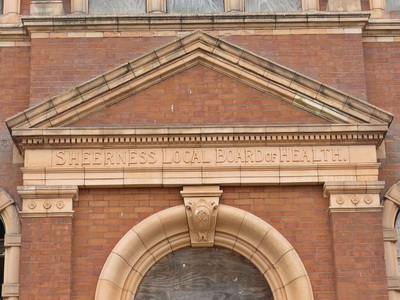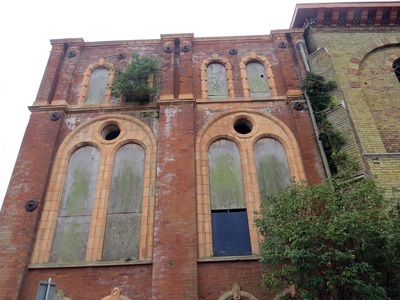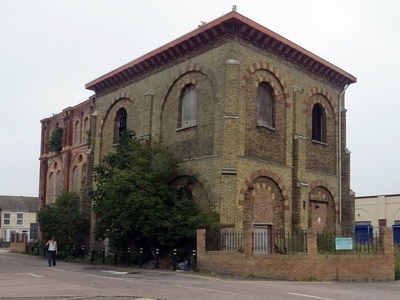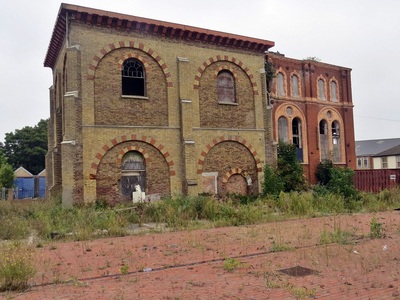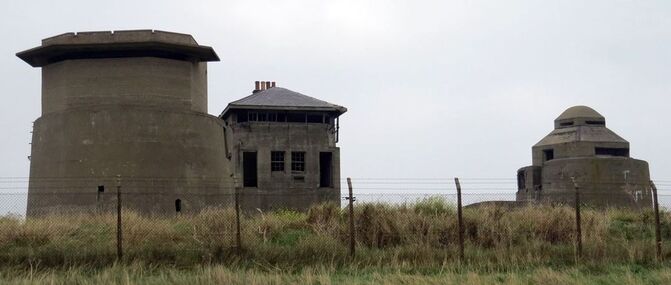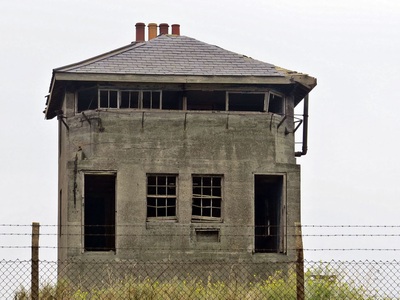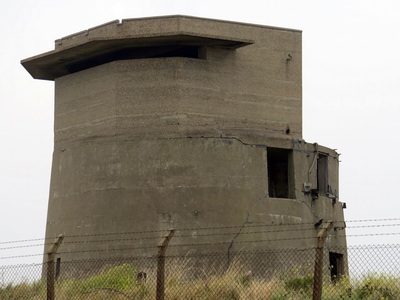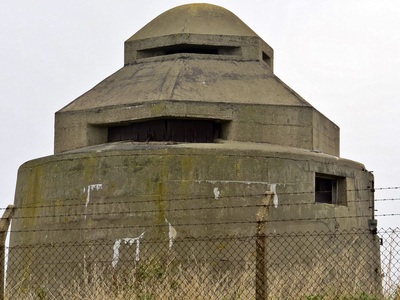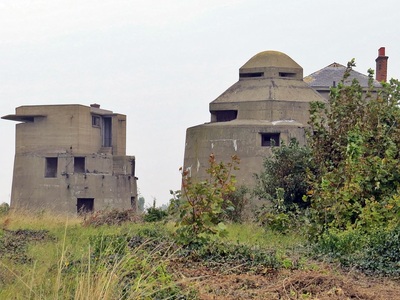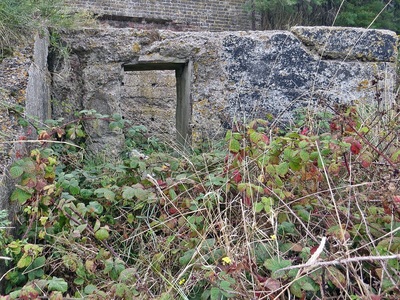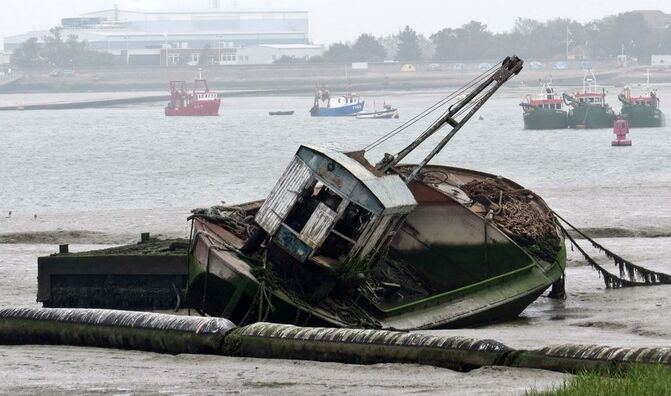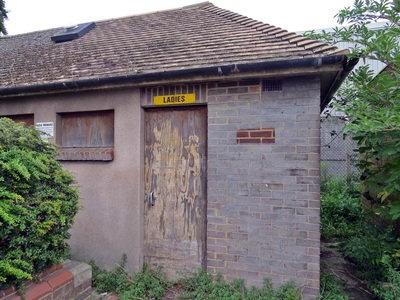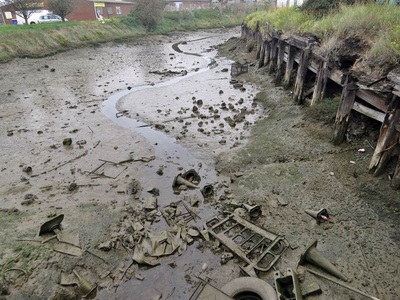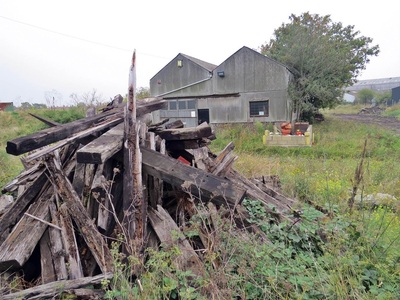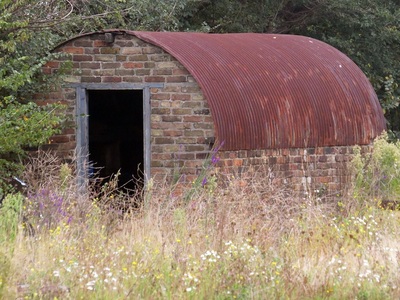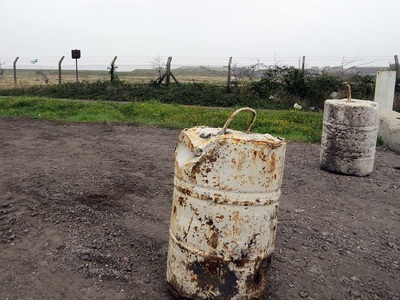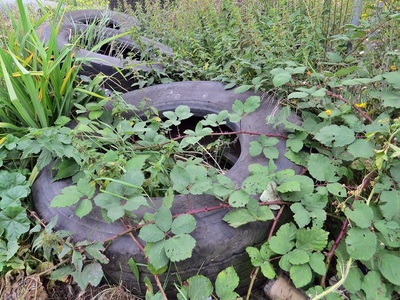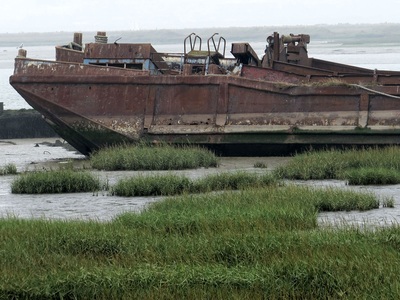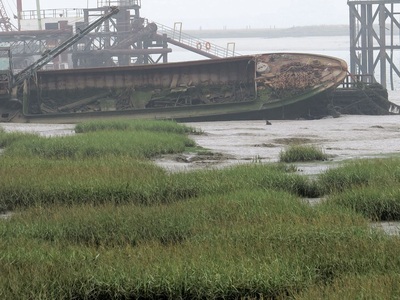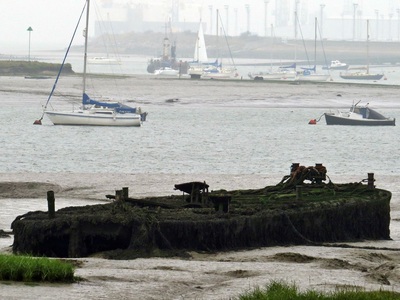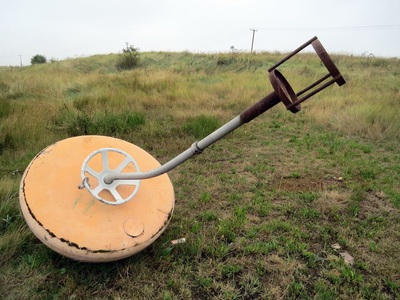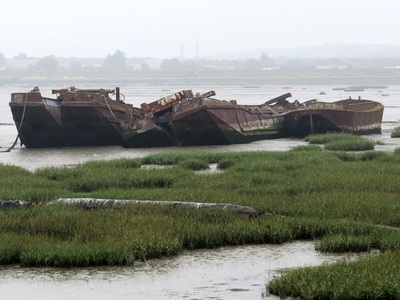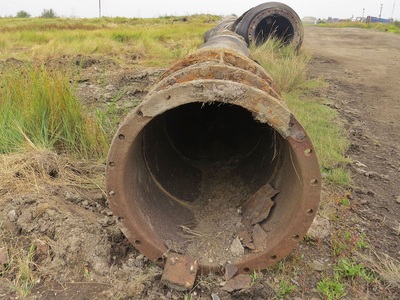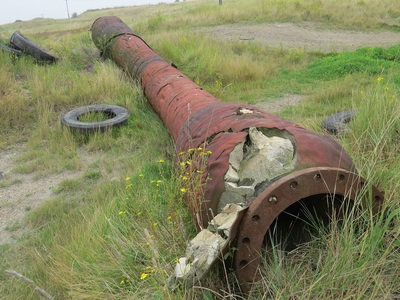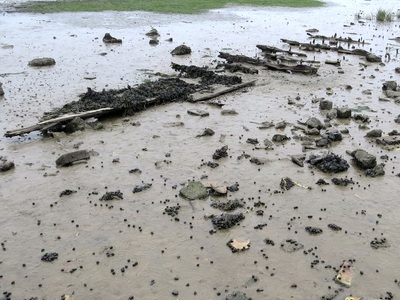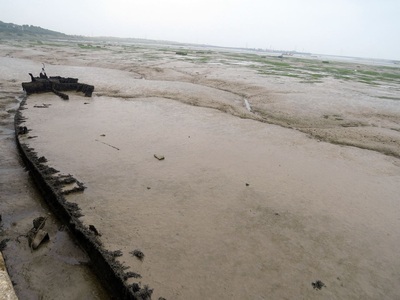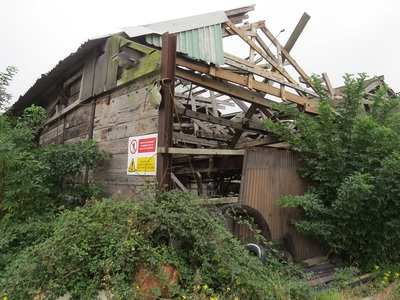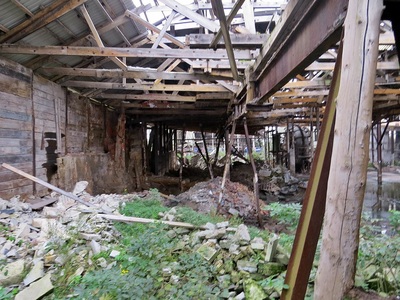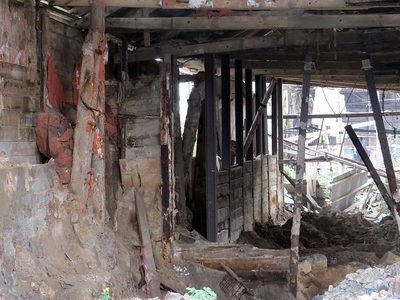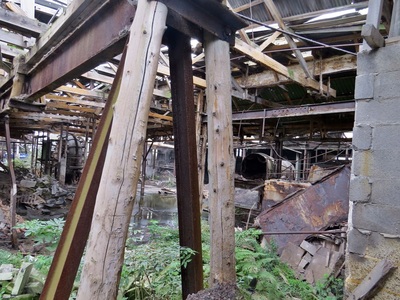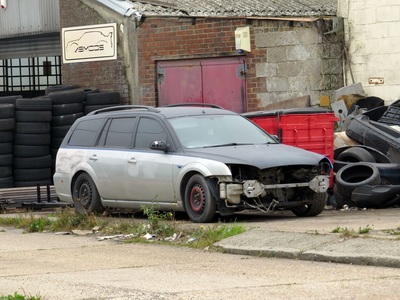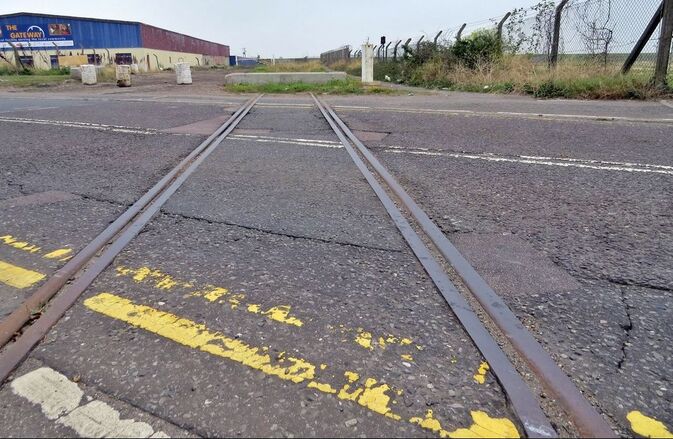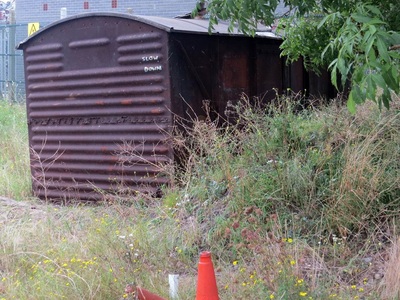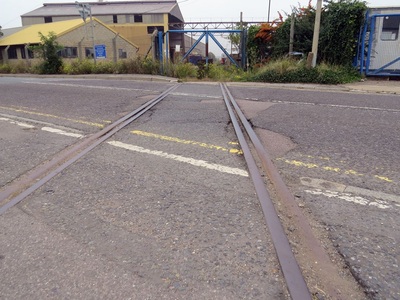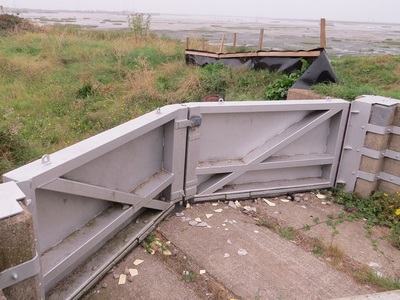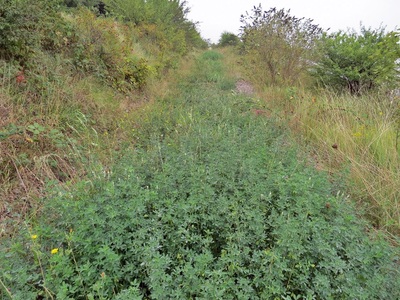Derelict Kent ME postcodes - Rochester, Strood, Chatham, Hooe & Isle of Sheppey
Acorn Shipyard - Rochester, ME1
After decades of trading, the Acorn Shipyard at Rochester ceased trading after entering administration in September 2016 and closed in early 2017. The last vessel to be repaired was the James Prior which had a new prop shaft fitted. The site has suffered a spate of 4 mysterious fires - in September 2016, November 2016 and May 2017. The buildings contained materials such as oil waste and paint thinner, which accelerated the blaze and caused an explosion which was felt for miles.
Photographed here in the Summer of 2017 the whole site was in a sorry state with the unsteady frames of two large fires damaged buildings creaking away in the wind and other buildings abandoned with all the machinery and cranes including a 10 ton Scotch Derrick looking forlorn. All the buildings have since been demolished.
The site lies to the north of Rochester town centre and is located on the northern tip of the riverside peninsula, fronting the River Medway. The surrounding site is land that has been cleared and levelled preparing for Rochester Riverside, a major residential led regeneration project for a development of up to 1,400 homes, commercial and community uses. Although Acorn Shipyard lies outside the Development Brief area, the master plan proposes a ‘mixed employment’ approach for Acorn Shipyard. The brief states that the site could accommodate a range of uses including residential, office space, workshops, studios and ancillary space for retail and cafes. Some locals have been cynical about the mystery fires.....
Photographed here in the Summer of 2017 the whole site was in a sorry state with the unsteady frames of two large fires damaged buildings creaking away in the wind and other buildings abandoned with all the machinery and cranes including a 10 ton Scotch Derrick looking forlorn. All the buildings have since been demolished.
The site lies to the north of Rochester town centre and is located on the northern tip of the riverside peninsula, fronting the River Medway. The surrounding site is land that has been cleared and levelled preparing for Rochester Riverside, a major residential led regeneration project for a development of up to 1,400 homes, commercial and community uses. Although Acorn Shipyard lies outside the Development Brief area, the master plan proposes a ‘mixed employment’ approach for Acorn Shipyard. The brief states that the site could accommodate a range of uses including residential, office space, workshops, studios and ancillary space for retail and cafes. Some locals have been cynical about the mystery fires.....
The Hoo Peninsula, ME3
The Hoo Peninsula separates the estuaries of the rivers Thames and Medway. It is dominated by a line of sand and clay hills, surrounded by an extensive area of marshland composed of alluvial silt. The name Hoo is the Old English word for spur of land.
Hoo Fort and Fort Darnet each with a single tier of eleven 9-inch rifled muzzle-loading guns were built in 1871 on two small islands a short distance apart on the Medway. The forts were disarmed before the First World War. In the Second World War, the fort was used as observation posts, with platforms and pillboxes built on top.
The islands with their derelict forts can be unofficially visited by boat, though the landing is muddy.
Hoo Fort and Fort Darnet each with a single tier of eleven 9-inch rifled muzzle-loading guns were built in 1871 on two small islands a short distance apart on the Medway. The forts were disarmed before the First World War. In the Second World War, the fort was used as observation posts, with platforms and pillboxes built on top.
The islands with their derelict forts can be unofficially visited by boat, though the landing is muddy.
The Hoo Stop Line, ME3
The Hoo Stop Line - an anti-invasion defended line stretching for approximately 8 miles between the River Thames near Cliffe and the River Medway to Hoo St Werburgh was constructed in 1940 during the second world war.
Stop-lines were essentially anti-tank obstacles intended to check the advance of fast-moving columns of armoured troops, and they were also intended as prepared battlefields for the Field Army to defend in the event of invasion. The line across the Hoo peninsula took the form of an artificial anti-tank ditch dug to join the Medway and Thames rivers. This was supported by pillboxes, anti-tank rails and road blocks.
Stop-lines were essentially anti-tank obstacles intended to check the advance of fast-moving columns of armoured troops, and they were also intended as prepared battlefields for the Field Army to defend in the event of invasion. The line across the Hoo peninsula took the form of an artificial anti-tank ditch dug to join the Medway and Thames rivers. This was supported by pillboxes, anti-tank rails and road blocks.
Abandoned Boats on the River Medway at Hoo St Werburgh, ME3
Many of these old sailing barges would have been built over 100 years ago and would originally have been used to transport locally dug clay to cement works. Many barges ended up as houseboats at the adjacent marina, though as their condition deteriorated they are hulked on the salt marsh and left to further decay. Best visited at a low tide though mind you don't sink in the mud! View the slide show below:
Sheerness, Isle of Sheppey, ME12 - Dockyard Church
Located beside the mouth of the River Medway on the corner of the Isle of Sheppey. The town began as a fort built in the 16th century to protect the River Medway from invasion. In 1669, a Royal Navy dockyard was established in the town. Following the Napoleonic Wars, an opportunity was taken to rebuild the Dockyard. The site was levelled in 1815, and a new Dockyard was laid out, according to plans drawn up by John Rennie (also responsible for designing and building the London Docks at Wapping and the East India and West India Docks). The naval dockyard closed in 1960.
Sheerness Dockyard Church was built for dockyard workers and service personnel in 1826-8 It was gutted by fire in 1881 and substantially rebuilt, more or less to the original concept in 1884-5. It closed in 1970 and after being deconsecrated had a number of uses, including being used as a squash court! The church building was devastated by another fire in 2001 whilst under private ownership & was then compulsorily purchased by the local Council, who transferred ownership to the Spitalfields Trust and Sheerness Dockyard Preservation Trust. The Dockyard church project was awarded a £4.2m grant from the National Lottery Heritage Fund in 2019. In November 2020 work began on the 18-month project to restore and transform the building.
Sheerness Dockyard Church was built for dockyard workers and service personnel in 1826-8 It was gutted by fire in 1881 and substantially rebuilt, more or less to the original concept in 1884-5. It closed in 1970 and after being deconsecrated had a number of uses, including being used as a squash court! The church building was devastated by another fire in 2001 whilst under private ownership & was then compulsorily purchased by the local Council, who transferred ownership to the Spitalfields Trust and Sheerness Dockyard Preservation Trust. The Dockyard church project was awarded a £4.2m grant from the National Lottery Heritage Fund in 2019. In November 2020 work began on the 18-month project to restore and transform the building.
Sheerness, Isle of Sheppey, ME12 - Local Board of Health
This building was a waterworks consisting of two buildings during Victorian times. There are 3 wells below the building. Various proposals have been made for the derelict building over the years, including use as a heritage centre. Planning permission was then granted a few years ago for conversion of the existing buildings into flats and new builds on the adjoining land, though nothing seems to have happened.
Sheerness, Isle of Sheppey, ME12 - Martello Battery
The site was originally mounted with guns in the 1670s. In 1913, these concrete towers modelled on an old Martello Tower design were built to accommodate quick fire guns with room for ammunition storage in the lower levels. One tower, disguised as a house (with a chimney and slate roof) was built as an observation post. The battery was disarmed by WW2, but the towers were used by the Navy as observation posts & minefield control tower. Raised walkways linked these three towers. Today the towers are fenced off and left to decay
Queenborough, Isle of Sheppey, ME11
A small town just over a mile south of Sheerness. It grew as a port near the Thames Estuary at the westward entrance to The Swale where it joins the River Medway.
Queenborough Harbour offers moorings between the Thames and Medway. Admiral Lord Nelson is reputed to have learned many of his seafaring skills in these waters, and also shared a house near the small harbour with his mistress, Lady Hamilton.
Queenborough Harbour offers moorings between the Thames and Medway. Admiral Lord Nelson is reputed to have learned many of his seafaring skills in these waters, and also shared a house near the small harbour with his mistress, Lady Hamilton.
Queenborough, Isle of Sheppey, ME11 - Railway Sidings
These mile long sidings provided connections to Coal Washer Wharf on a spit of land where redundant ships, redundant British Rail wagons and scrap rail were broken up on the mud banks beside the jetties. The scrap was cut into manageable sizes and taken back down the branch where a steel mill (Invicta Merchant Bar, formerly known as Queenborough Rolling Mill) converted it into reinforcing rods and wire for the construction industry. The rods & wire would be taken away by lorry or sent back to the wharf to be shipped around the world.Invicta Merchant Bar closed in February 2013 and demolished later that year. The land remains vacant, awaiting redevelopment into housing. Most of the railway track has been removed, though the track's course is still clear to see.
Click link for other Derelict Essex pages on this website:
Derelict Kent DA postcodes - Dartford, Gravesend & Swanscombe
Derelict Kent TN Postcodes- Dungeness & Lydd
Derelict Kent DA postcodes - Dartford, Gravesend & Swanscombe
Derelict Kent TN Postcodes- Dungeness & Lydd
Paul Talling's Derelict London - all photographs are copyright © 2003-2024
Click the envelope icon to join the mailing list for occasional news on website updates, new book releases and Paul's guided walking tours. Follow Derelict London on Facebook and Twitter
Please do not contact me with property/ filming/photo shoot location queries
Click the envelope icon to join the mailing list for occasional news on website updates, new book releases and Paul's guided walking tours. Follow Derelict London on Facebook and Twitter
Please do not contact me with property/ filming/photo shoot location queries

